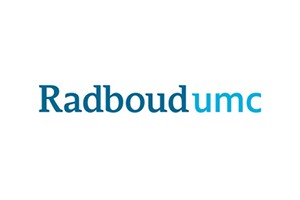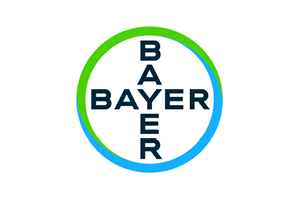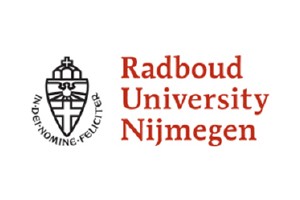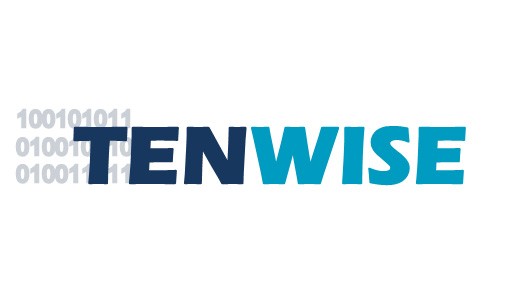ABSTRACT
Efforts to tackle malaria must continue for a disease that threatens half of the global population. Parasite resistance to current therapies requires new chemotypes that are able to demonstrate effectiveness and safety. Previously, we developed a machine-learning-based approach to predict compound antimalarial activity, which was trained on the compound collections of several organizations. The resulting prediction platform, MAIP, was made freely available to the scientific community and offers a solution to prioritize molecules of interest in virtual screening and hit-to-lead optimization. Here, we experimentally validate MAIP and demonstrate how the approach was used in combination with a robust compound selection workflow and a recently introduced innovative high-throughput screening (HTS) cascade to select and purchase compounds from a public library for subsequent experimental screening. We observed a 12-fold enrichment compared with a randomly selected set of molecules, and the eight hits we ultimately selected exhibit good potency and absorption, distribution, metabolism, and excretion (ADME) profiles.







